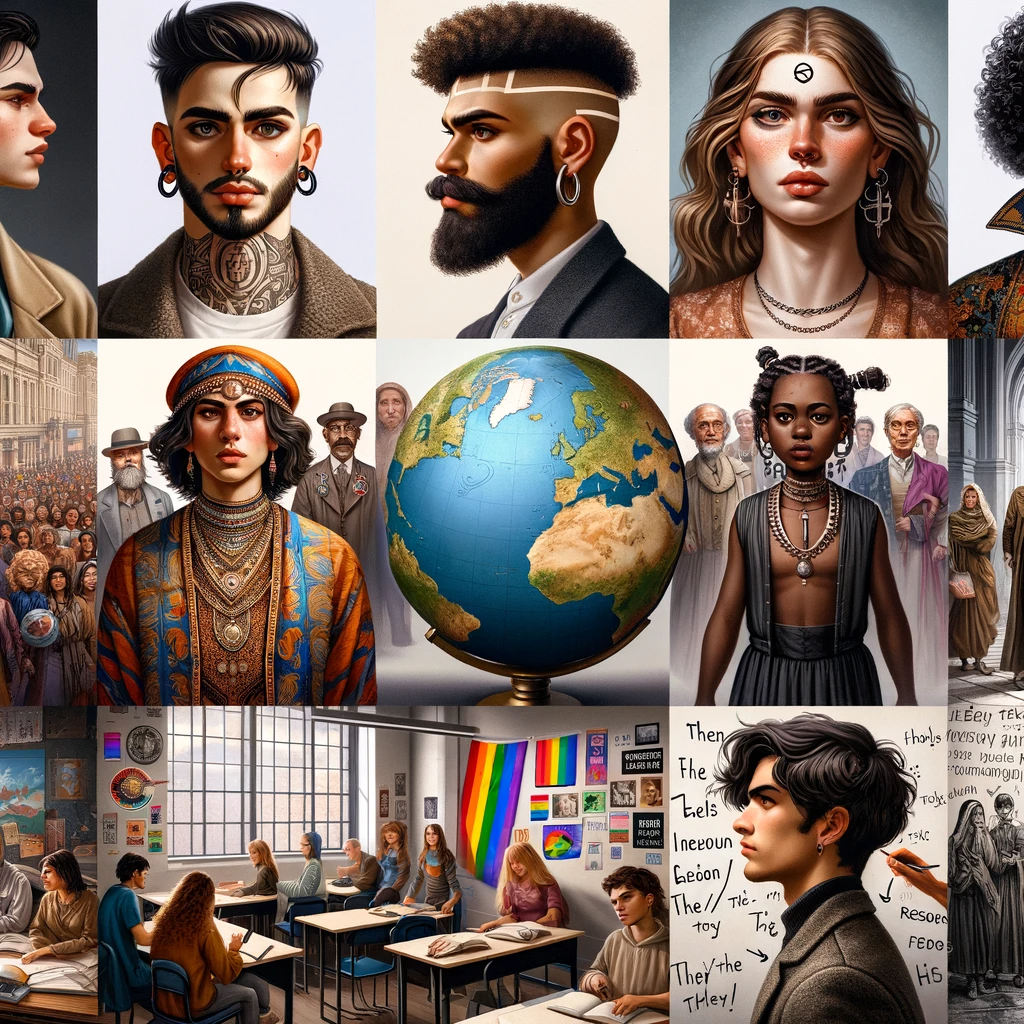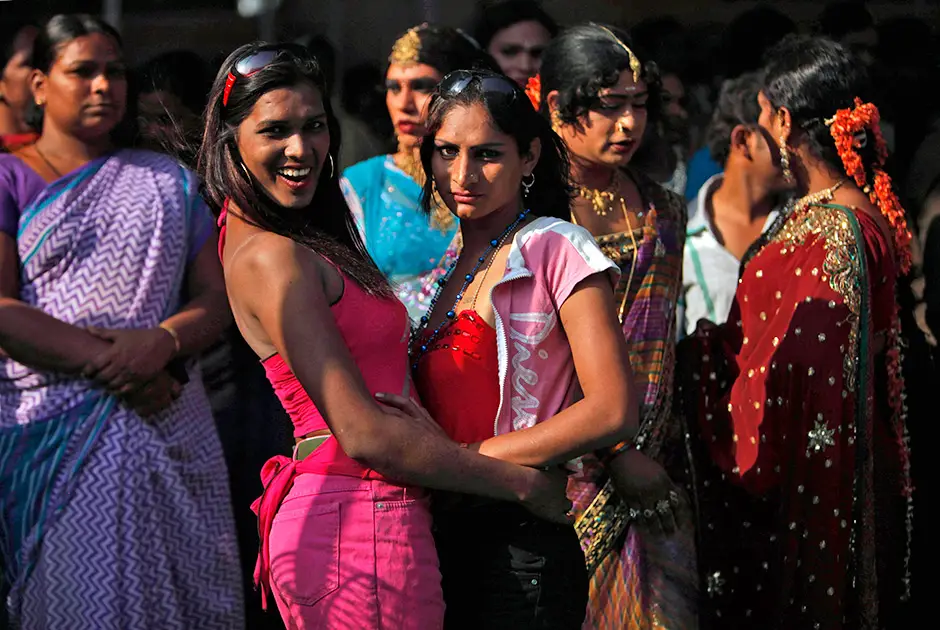What Does ‘Non-Binary’ Mean?
Non-binary is a term used to describe a gender identity that doesn’t fit within the traditional binary concept of male and female. Instead, non-binary individuals might identify as having a gender that is outside of these categories, a combination of both, or none at all.
History of Non-Binary Identity
The history of non-binary identity is complex and multifaceted, dating back centuries. While the term “non-binary” itself is relatively new, people have been identifying outside of the traditional gender binary for generations. In some cultures, there have long been traditions of gender fluidity and non-binary identities. For example, the hijra in India are a community of people who identify as neither male nor female, and who have a rich cultural history dating back thousands of years.
In recent years, there has been a growing movement for non-binary visibility and recognition, and non-binary people are increasingly asserting their identities and demanding respect.

Diversity of Non-Binary Experiences
Non-binary people express their gender in a variety of ways. Some non-binary people may identify with a specific gender identity, such as genderfluid, agender, or bigender. Others may identify as non-binary without a specific label. Non-binary people may also express their gender through their appearance, clothing, pronouns, and other means. For example, some non-binary people may choose to dress in a way that doesn’t conform to traditional gender norms. Others may use pronouns such as they/them to reflect their non-binary gender identity. It is important to note that there is no one “right” way to be non-binary, and that each person’s experience is unique.
Challenges and Discrimination
Non-binary people face a number of challenges and discrimination. They may be misgendered, harassed, or even assaulted because of their gender identity. Non-binary people may also face discrimination in employment, housing, and other areas of their lives.

Resources for Non-Binary People and Allies
There are a number of resources available for non-binary people and their allies. Some helpful organizations include the National Center for Transgender Equality, Gender Spectrum, and GLAAD. These organizations provide support, information, and advocacy for non-binary people and their communities. Non-binary people may also find support from local LGBTQ+ organizations and community groups.
Conclusion
Understanding and respecting non-binary identities is crucial in promoting inclusivity and diversity. It’s essential to listen, learn, and support non-binary individuals in their journey of self-expression and self-recognition. As society evolves, so does our understanding of gender, and it’s our collective responsibility to foster an environment where everyone feels seen, heard, and validated.
Additional Information
- Gender-neutral language
It is important to use gender-neutral language when referring to non-binary people. This includes avoiding gendered pronouns, such as he/him or she/her, and using gender-neutral pronouns, such as they/them. It is also important to use gender-neutral terms, such as “they” instead of “he or she.”
- Misgendering
Misgendering is when someone is referred to by a gender pronoun or title that does not match their gender identity. It can be a very hurtful experience for non-binary people. If you misgender someone, it is important to apologize and correct yourself.
Some non-binary people experience gender dysphoria. Gender dysphoria is a condition where a person’s gender identity does not match the gender they were assigned at birth. Gender dysphoria can be caused by a variety of factors, including social and cultural expectations, and can lead to a range of negative emotions and experiences.
Gender affirmation is the process of aligning a person’s gender identity with their gender expression. This can include a variety of things, such as changing one’s name, pronouns, appearance, or legal gender marker. Gender affirmation can be a very important part of living a happy and fulfilling life for non-binary people.